The following list highlights some of the best places to visiting in Iran. So if you are in Iran, I recommend visiting the following:
- Naqsh-e Jahan Square, Isfahan, Iran
- Khaju Bridge, Isfahan, Iran
- Sheikh Lotfollah Mosque, Isfahan, Iran
- Eram Garden, Fars, Iran
- Azadi Tower, Tehran, Iran
- Ali-Sadr Cave, Kabudarahang, Iran
- Dowlat Abad Garden, Yazd, Iran
- Alam Kuh, Mazandaran, Iran
- Badab-e Surt, Mazandaran, Iran
- Valasht Lake, Mazandaran, Iran
- Tangeh Savashi, Tehran, Iran
- Chitgar Lake, Tehran, Iran
- Ali Qapu Palace, Isfahan, Iran
- Garden of End, Kashan, Iran
- Nasir ol Molk Mosque, Fars, Iran
1. Naqsh-e Jahan Square, Isfahan
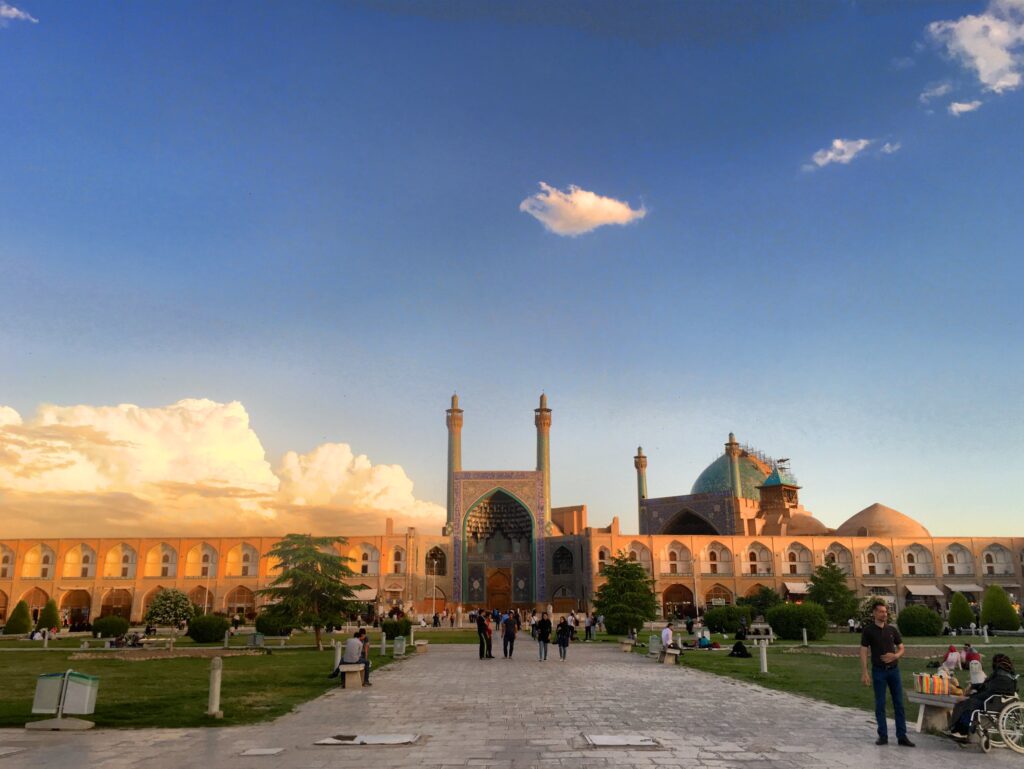
More than half a kilometre long and almost two hundred metres wide, Naqsh-e Jahan Square is one of the largest and most attractive in the world. The nerve centre of the Iranian city of Isfahan, it was built between the sixteenth and seventeenth centuries. Around it are the most charismatic buildings of the Safavid era, including the majestic Shah Mosque on the south side. The beautiful mosque of Sheikh Luftallah on the east side. The magnificent Ali Qapu Palace on the west side. Finally, on the north side the Qeysarie gate gives access to the oldest part of the town. The central rectangle of the square is occupied by magnificent gardens and fountains, contributing to convey a lush image.
2. Khaju Bridge, Isfahan
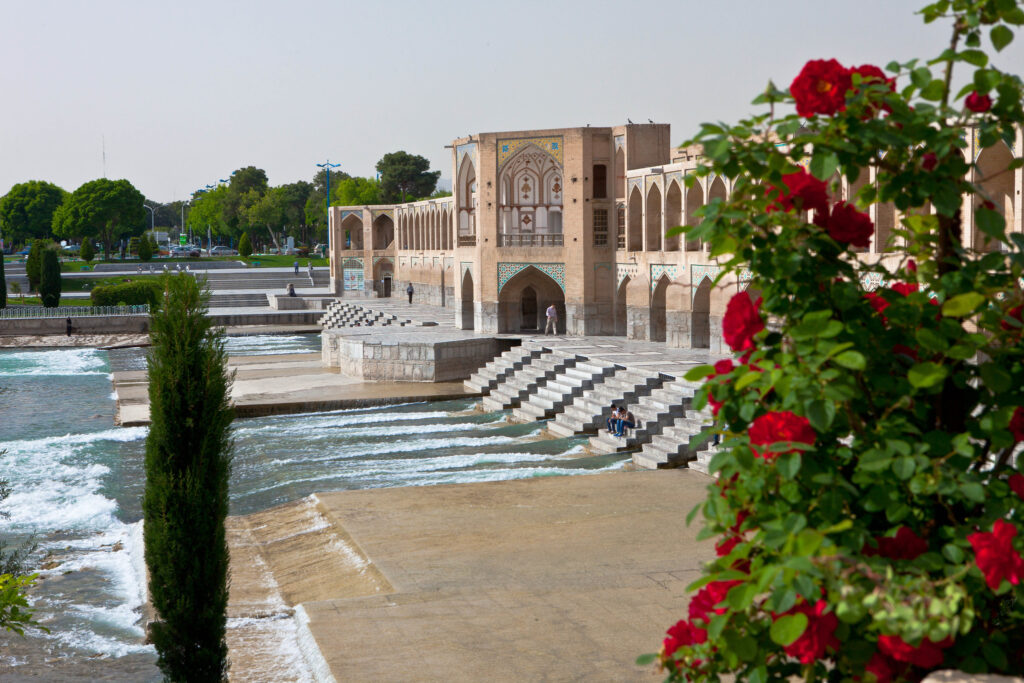
This 17th century structure was considered the finest bridge in the Iranian city of Isfahan and is a beautiful testimony to traditional Persian architecture. During the day, sunlight bathes its tiled facade. After sunset, lights illuminate its arches, giving a warm, fiery glow to its entire length. The bridge consists of 23 stone arches. It is approximately 130 metres long and almost 12 metres wide. It functions as both a bridge and a dam. On the Khaju Bridge, which is used today as a place to relax and socialise, geometric tiles and original paintings dating back three centuries can still be seen.
3. Sheikh Lotfollah Mosque, Isfahan

Sheikh Lotfollah Mosque is one of the most spectacular architectural structures in Iran due to its unique decoration. Unlike other mosques, Sheikh Lotfollah has no minaret (tower) or courtyard. Its exterior colour changes throughout the day due to the changing light of the sun. It appears pink at dawn, beige at noon and ochre at sunset. Its dome is considered the most circular in the world. From there, there is a view of a peacock created by the light emerging through a window that opens at the top. In Iranian culture, the peacock symbolises the cosmos.
4. Eram Garden, Fars
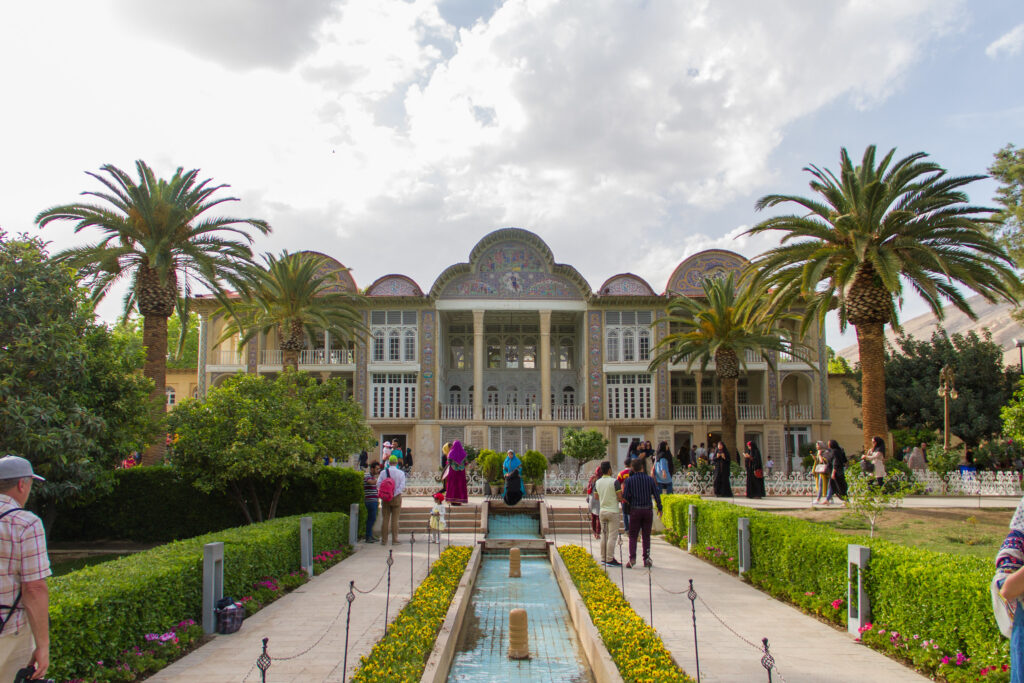
The Eram Garden is a breathtakingly beautiful construction in the city of Shiraz. This place, which is also known as Bagh-é Eram, or Garden of Paradise, is as its name suggests a large garden that has a palace in its centre, and historically was used by the elites, by tribal leaders and even by the royalty of the country. People who go there can find a whole oasis that is full of beautiful flowers, walking through trees that have easily been there for thousands of years and smelling the fragrances of the plants. All this has made it a tourist destination par excellence in the region.
5. Azadi Tower, Tehran
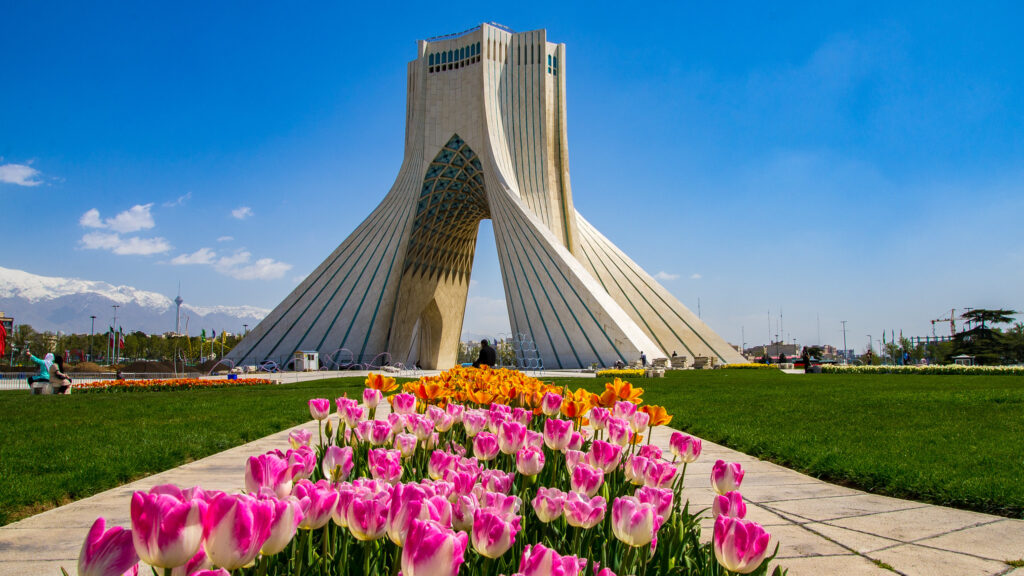
It is located at the entrance of the city and stands there as a watchtower guarding the entire city from above. The tower was supposed to be built to celebrate the 2500th anniversary of the Persian Empire, but it actually signified the end of the Pahlavi dynasty that then ruled Iran. Then, the original name of the tower, “Monument of the King”, was changed to Azadi, which means Freedom. Today it is used for cultural purposes and also houses museums in the basement and souvenir stores for those visiting Iran. As I said before, it is the landmark of Tehran.
6. Ali-Sadr Cave, Kabudarahang
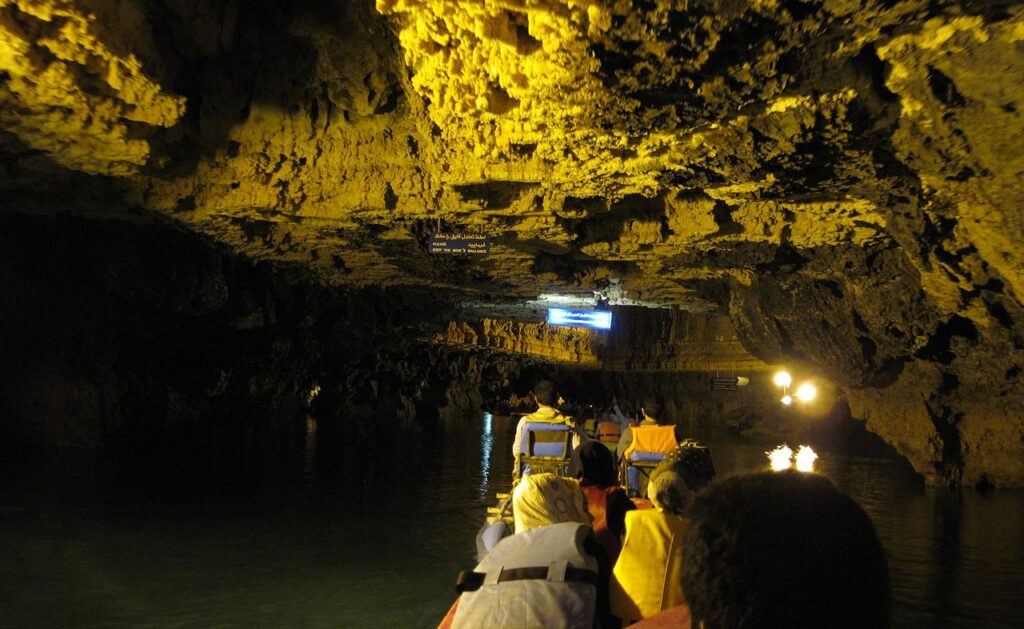
Ali Sadr Cave is the largest water cave in the world. It is located about 100 kilometres north of Hamedan. Its walls rise 40 metres high and it contains many deep lakes that can be explored with pedal boats. More than 16 km of its length have been explored, although not all of them are open to the public.
7. Dowlat Abad Garden, Yazd
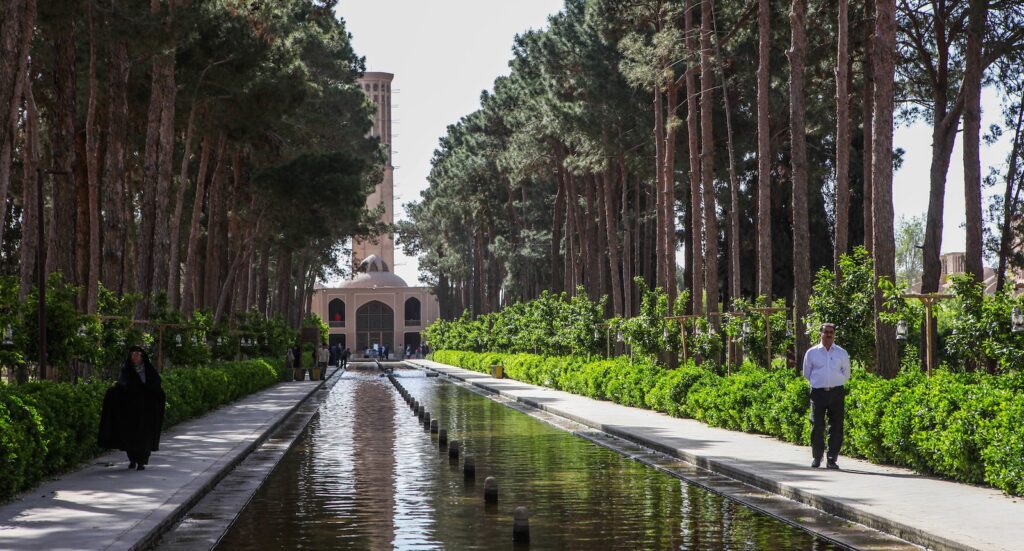
This garden is one of the oldest Iranian gardens registered in the list of UNESCO World Heritage Sites and is more than 260 years old. It has a very long pond that reaches the main building. There we will find a restaurant, cafeteria and the main attraction of the place, its slender wind tower. At 33 metres high, it is one of the tallest wind towers still standing. If we enter the building and stand under it, we will feel the current of air coming down from this towering wind catcher.
8. Alam Kuh, Mazandaran
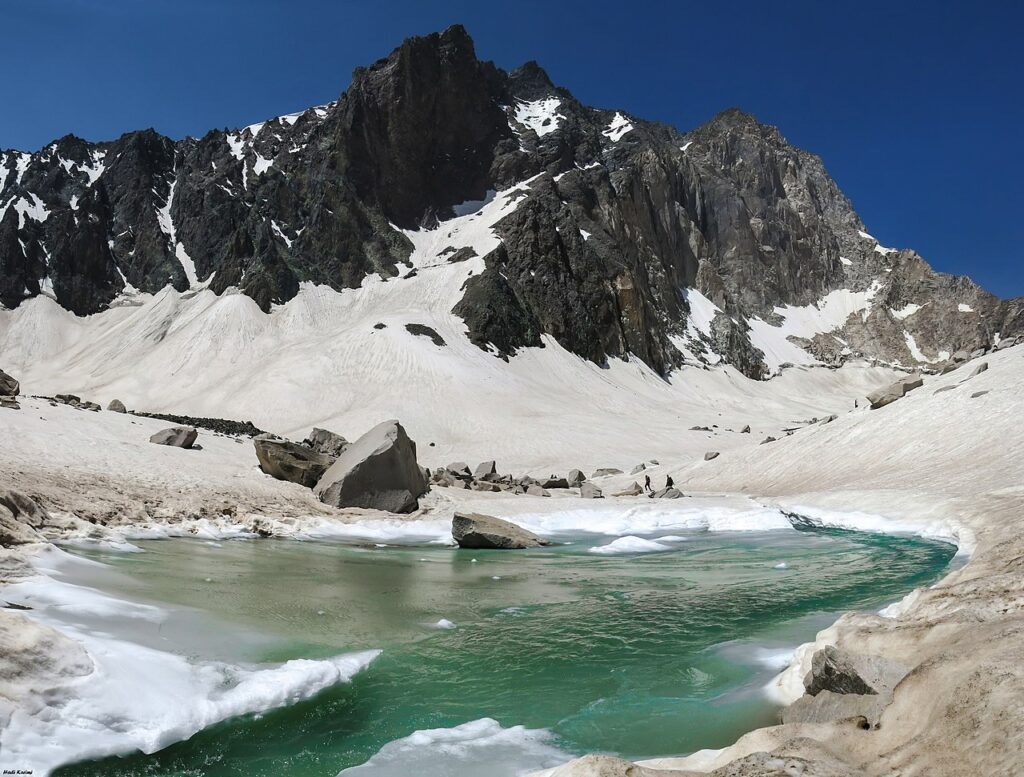
Among hikers and climbers, the mountain has gained popularity as a tourist attraction for all. It is considered one of the most difficult peaks in Iran. The reputation of this particular mountain is due to the walls on the northern slope that ascend on challenging and highly technical trails. The best time to travel to this mountain is from June to October. In summer it is perfect for climbing, hiking and camping.
9. Badab-e Surt, Mazandaran
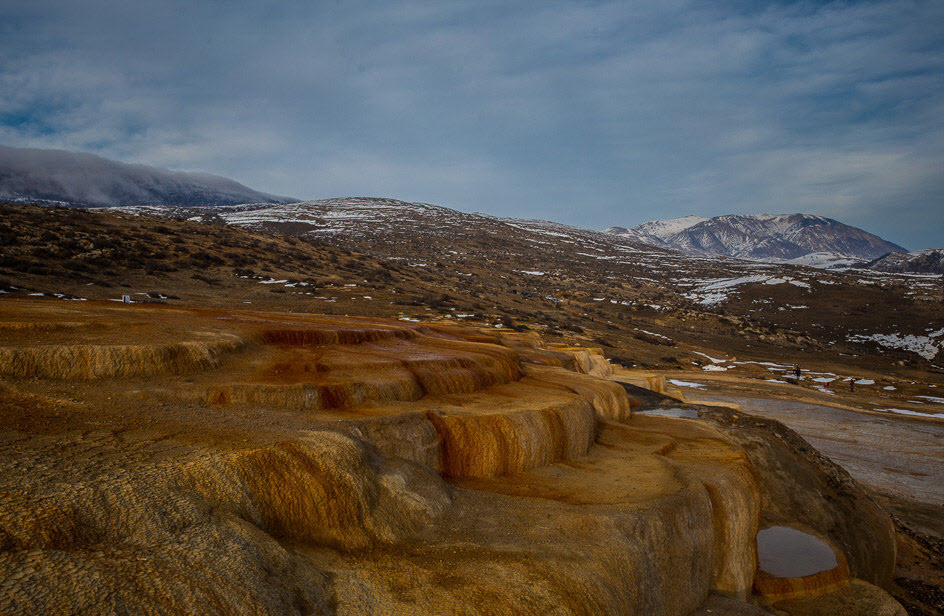
It comprises a series of stepped formations of travertine terraces that have been created over thousands of years with cold water flowing from two mineral hot springs. Over the course of thousands of years the water from these two springs emanating from the mountain range have combined and resulted in a series of orange, red and yellow colored pools shaped like a naturally formed staircase.
10. Valasht Lake, Mazandaran
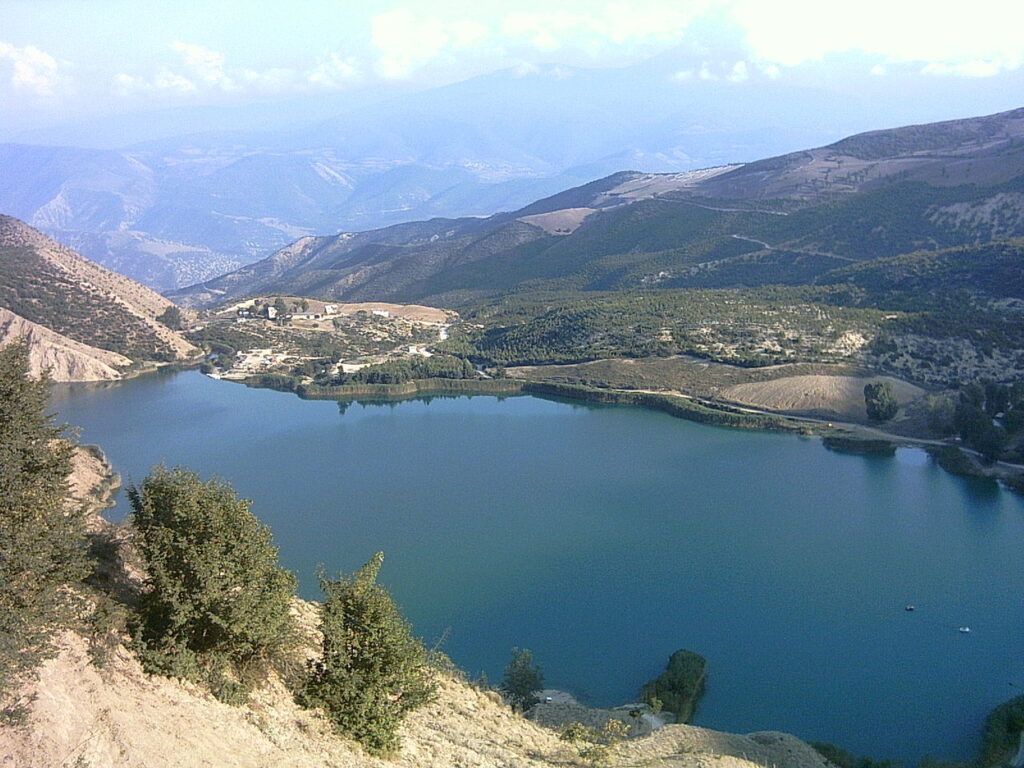
The lake is approximately 600 metres long, 400 metres wide and 20 metres deep. There are relatively few trees near the lake and reeds grow in a small area. But in the distance and high above you can see a beautiful forest landscape. There are no photos around the mountains. Photographing and photographing this natural and ethnic masterpiece is one of the pleasures of travelling. A walk around the lake and a feeling of different styles will surely leave unforgettable memories. Swimming in the lake can be dangerous due to the depth of the water. Therefore, if you wish to swim, it is recommended that you take the necessary precautions.
11. Tangeh Savashi, Tehran
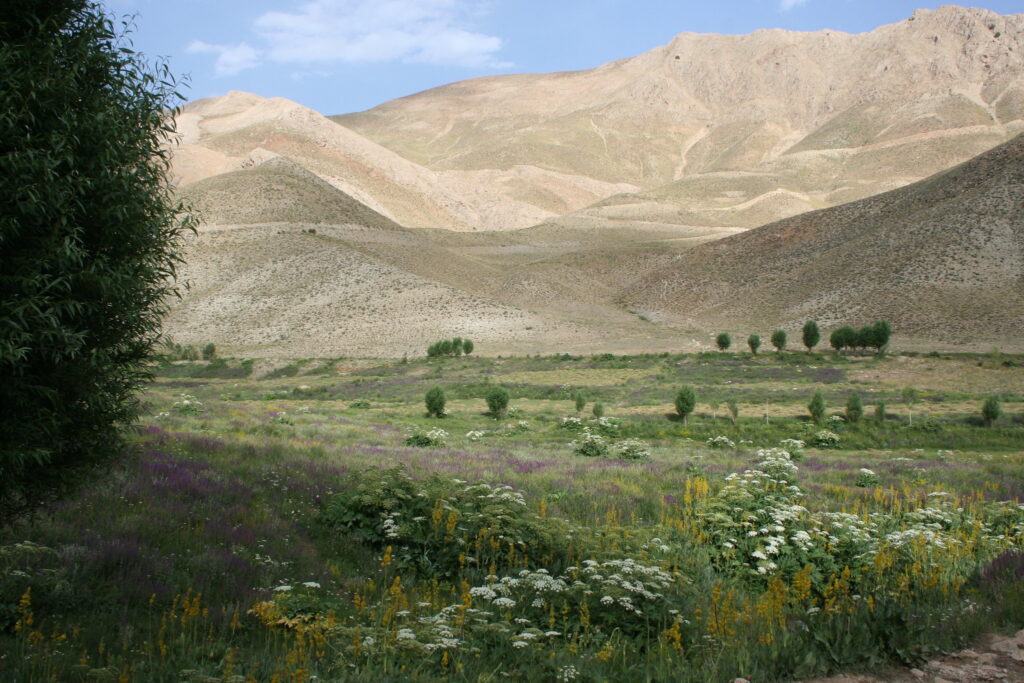
The lake is approximately 600 metres long, 400 metres wide and 20 metres deep. There are relatively few trees near the lake and reeds grow in a small area. But in the distance and high above you can see a beautiful forest landscape. There are no photos around the mountains. Photographing and photographing this natural and ethnic masterpiece is one of the pleasures of travelling. A walk around the lake and a feeling of different styles will surely leave unforgettable memories. Swimming in the lake can be dangerous due to the depth of the water. Therefore, if you wish to swim, it is recommended that you take the necessary precautions.
12. Chitgar Lake, Tehran
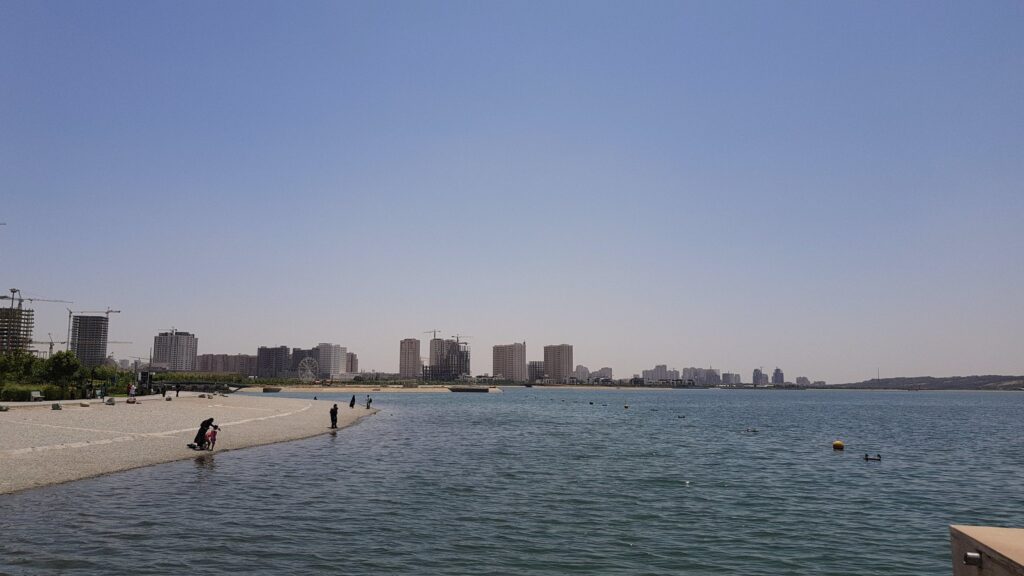
It is an artificial lake located in the western part of Tehran, named after the Persian Gulf Martyrs, also known as Persian Gulf Lake. There are many options available for tourists. If you like boating, you can take a boat around the lake and walk all around the lake. There are also many restaurants and cafes available, which makes this place suitable for a delicious meal.
13. Ali Qapu Palace, Isfahan
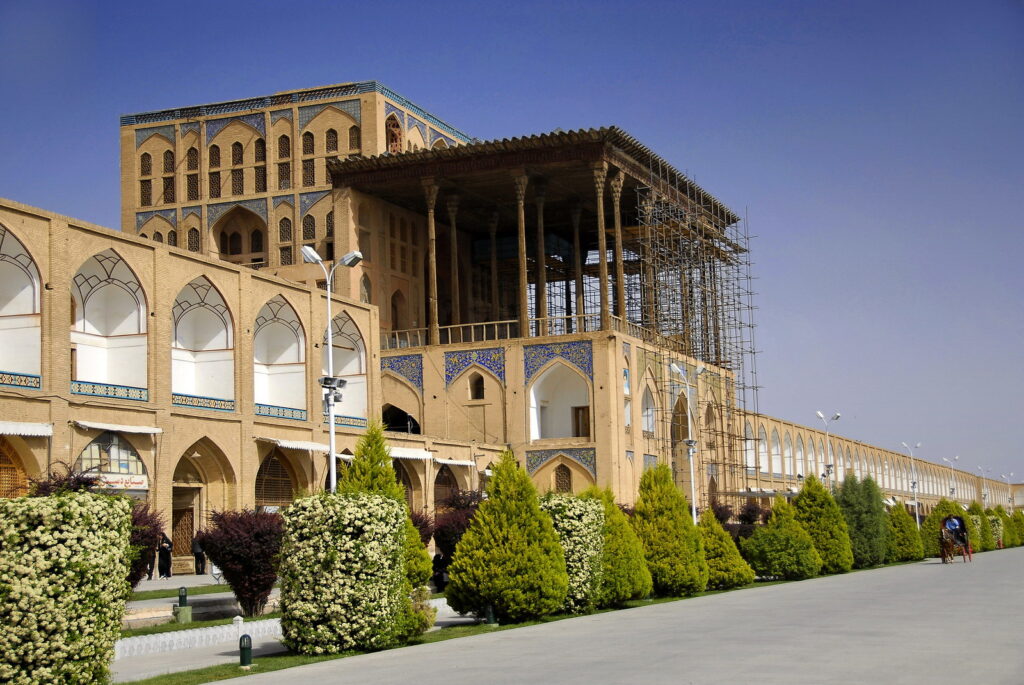
Its name literally means “Great Gate”. From the palace talar the views of the square and the mosque of Sheikh Loftollah are unbeatable. From there, in the past, it is said that the king and his guests could enjoy shooting demonstrations, wild animal fights, polo matches and horse races.
14. Garden of End, Kashan
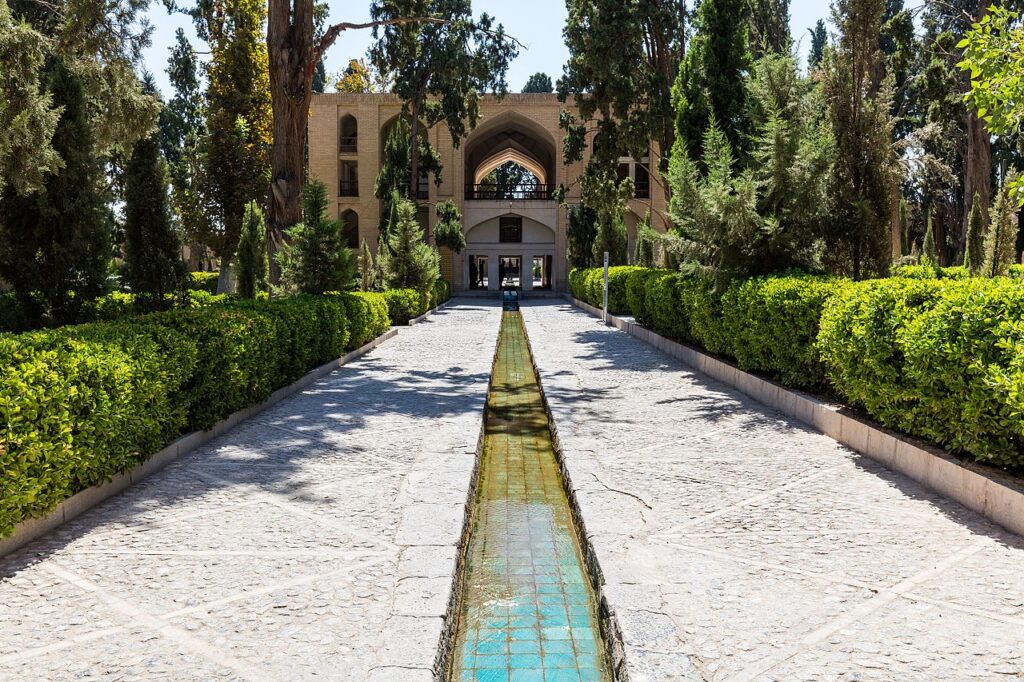
With an area of approximately two and a half hectares, Bagh-e Fin is a historic Persian garden located in the town of Kashan. Like other Persian gardens, it has a pond next to a pavilion that is reflected in the surface of the water. The water comes from various springs in the vicinity and feeds numerous fountains and ponds by means of an ingenious system of canalization. Among the vegetation in the garden is the presence of most of the Mediterranean cypresses, characteristic of this part of Iran.
15. Nasir ol Molk Mosque, Fars
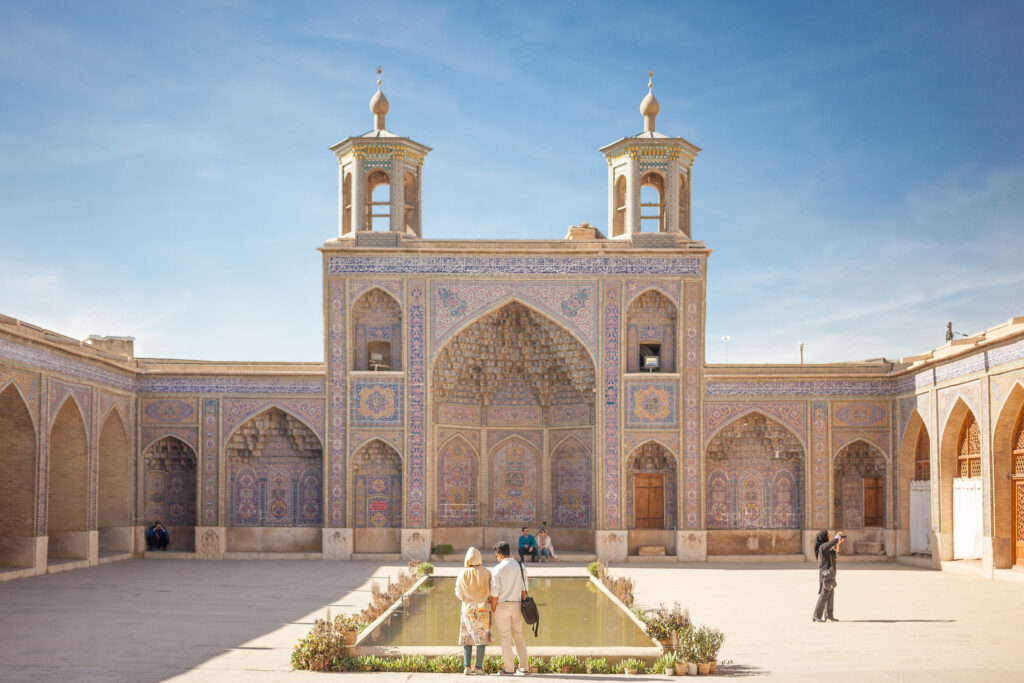
Popularly known as the pink mosque due to the predominant colour of its tiles, it was built at the end of the 19th century. The characteristic pinkish hue of the tiles is repeated in its different stained glass windows, made using a technique called Orsi that ensures a colourful lighting inside the premises. Seven access doors, all of them with windows made in the aforementioned manner, connect the courtyard with the area reserved for prayers. Another traditional element present in the mosque is the so-called Panj Kāse, whose literal translation is Five Concave and which can be seen on some of the ceilings.
If you loved this article or found it useful, don’t forget to visit and subscribe to my social media for more useful content. Follow us on Google My Business, YouTube, Instagram, Pinterest, Twitter, Facebook or Reddit and subscribe to our receive our free website content.

